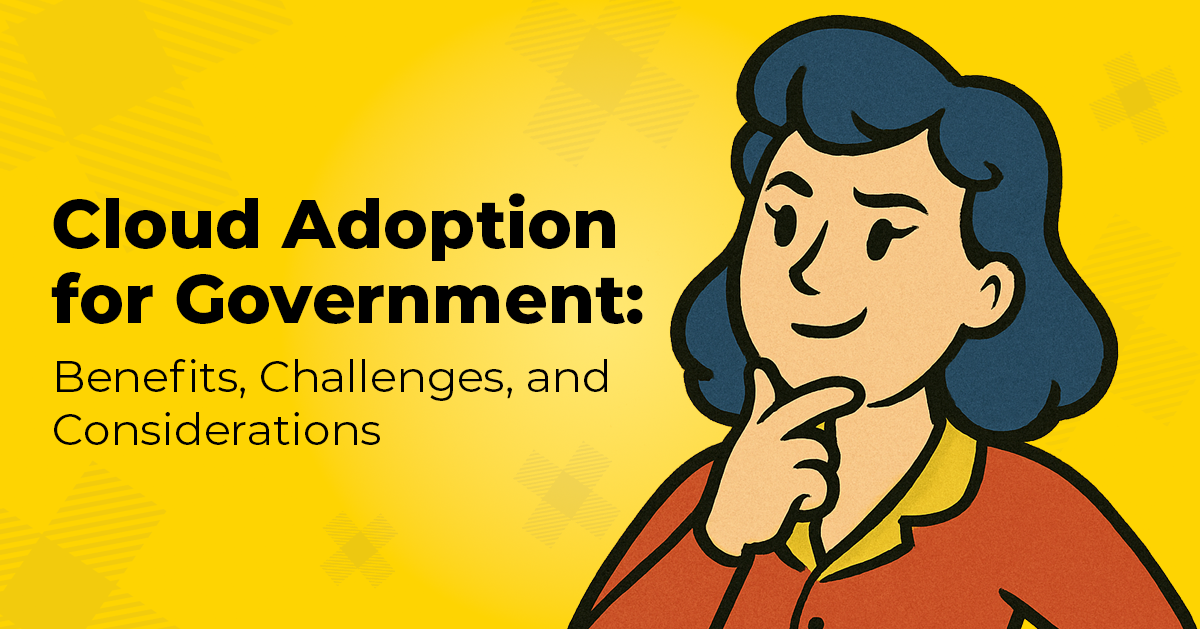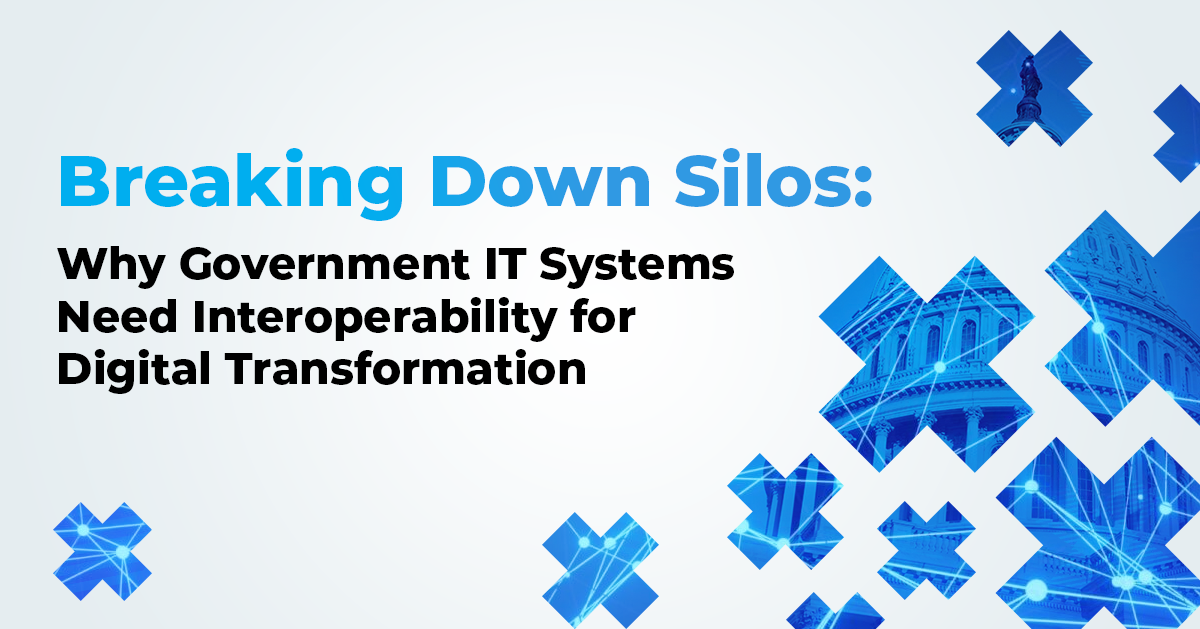If you’ve worked in a government agency, public sector organization, or a large enterprise, chances are you’ve come face-to-face with aging legacy systems.
These systems often form the backbone of critical operations, quietly powering essential services behind the scenes. While they may still function, they weren’t built for today’s digital demands. When they start to show their age, they can become a serious barrier to innovation, efficiency, and security.
At The Canton Group, we’ve spent decades helping organizations modernize their infrastructure without disrupting the services people rely on. While we won’t give away all our secrets, we’re happy to share some practical insights on how to approach modernization in a way that’s strategic, sustainable, and most importantly, doable.

Why Legacy Systems Stick Around
Legacy systems persist for a reason. They’re often deeply embedded in day-to-day operations and replacing them isn’t as simple as flipping a switch. The cost of a full replacement can be significant, not just in terms of budget, but also in terms of time, training, and risk. Many of these systems are supported by institutional knowledge that has been built over decades. And in regulated environments like government, compliance requirements can make modernization feel like threading a needle.
Still, just because a system is familiar doesn’t mean its future proof. And that brings us to the real challenge.

The Risks of Standing Still
Modernization isn’t just about chasing the latest tech trends. It’s about managing risk. Older systems often lack modern security protocols, making them vulnerable to cyber threats. These systems can be difficult to integrate with newer platforms, which limits your ability to innovate or respond quickly to change. As the talent pool for maintaining these systems shrinks, support becomes more expensive and harder to find. In short, standing still can be just as risky, if not more so, than moving forward.
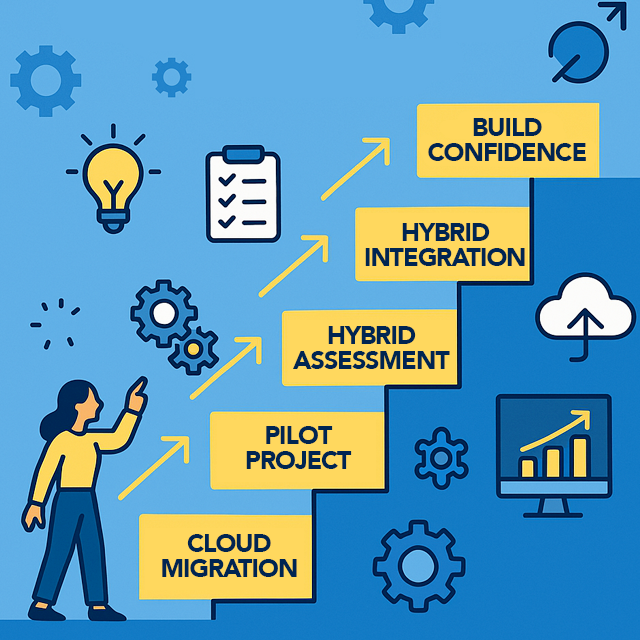
A Practical Approach to Modernization
We often tell our clients that modernization doesn’t have to be a massive, all-at-once overhaul. In fact, starting small is usually the smartest move.
Begin with a pilot project or proof of concept. This allows you to test new technologies, gather feedback, and build internal support without putting core operations at risk. From there, assess which systems are most critical or most vulnerable, and prioritize them accordingly.
In many cases, a hybrid approach works best. Legacy systems can continue to operate alongside newer platforms, especially when wrapped with APIs or supported by middleware. This allows for gradual transformation without disrupting essential services.
Incremental modernization, such as digitizing manual processes, introducing automation, or migrating to cloud-native platforms, can reduce risk and create momentum. Each step forward builds confidence and capability.
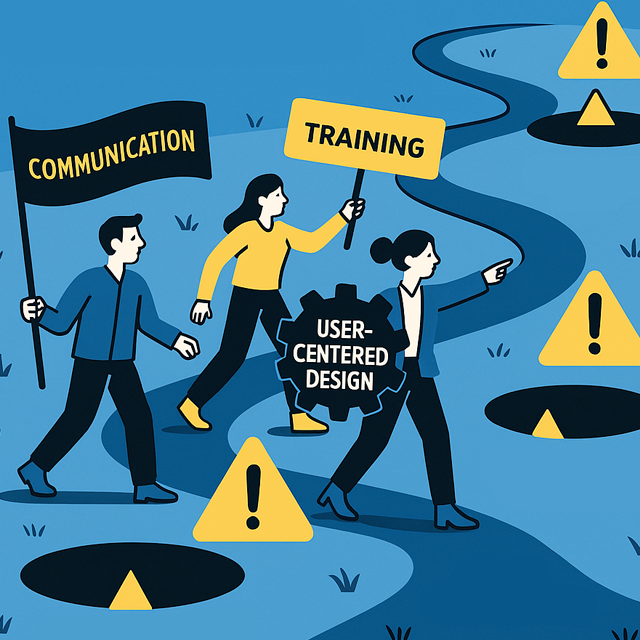
Avoiding Common Pitfalls
Even the best-laid plans can run into trouble. One of the biggest mistakes we see is the “big bang” approach, where organizations try to replace everything at once. It’s tempting, but it often leads to delays, cost overruns, and operational headaches.
Another common pitfall is overlooking the human side of change. Technology is only part of the equation. You also need to prepare your staff through training, communication, and support for new ways of working.
Finally, don’t forget the end user. Whether it’s a government employee or a citizen accessing services online, systems should be designed with real people in mind.
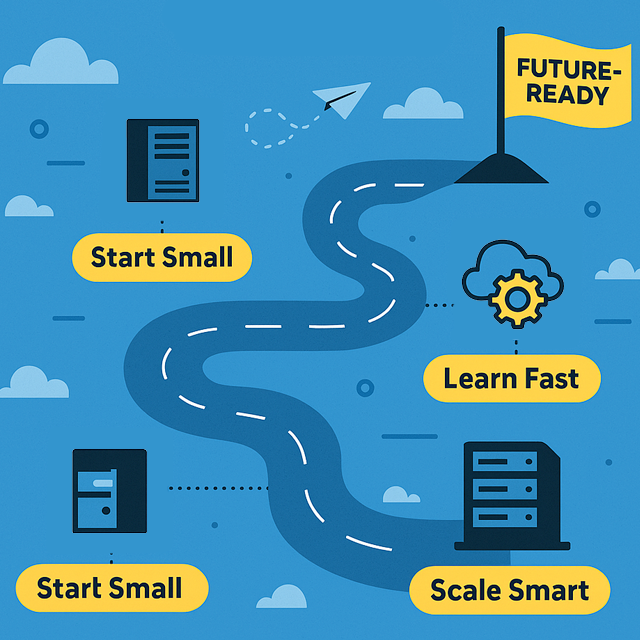
Final Thoughts: Modernization Is a Journey
Legacy systems aren’t going away overnight. But with the right strategy, you can modernize in a way that is thoughtful, efficient, and aligned with your organization’s goals.
Start small. Learn fast. Scale smart.
